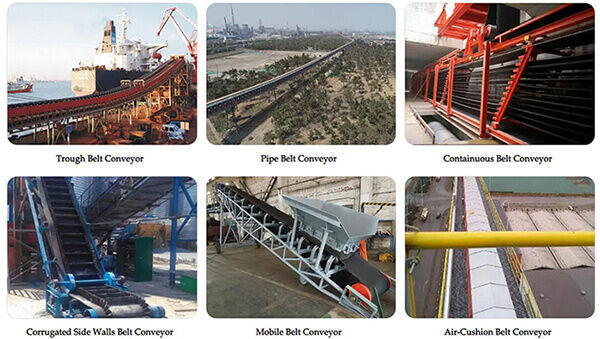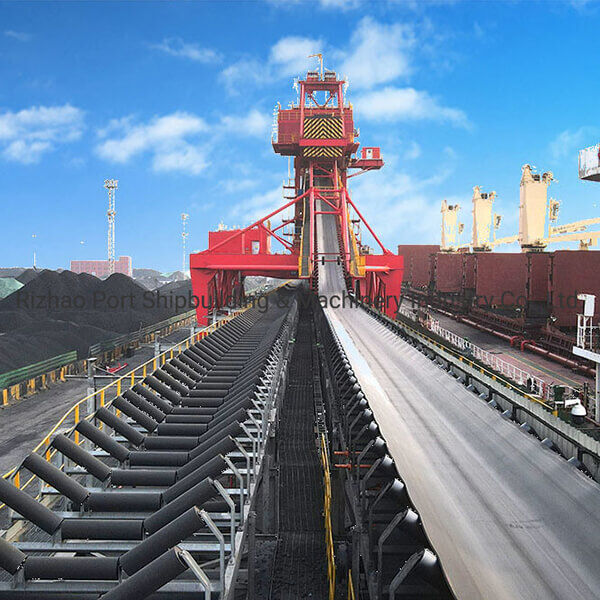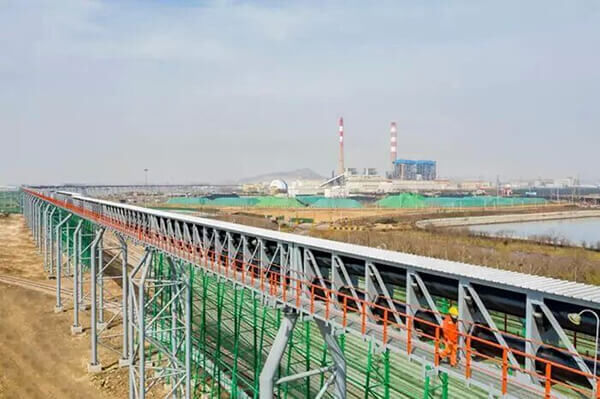News

Conveyor technology has become an indispensable part of logistics. Over the past decades, sophisticated machines have been developed to accelerate the transportation of bulk and cargo, therefore, reducing physical strain. Earthenware races throughout the country on conveyor belts - and sometimes over many kilometers at a time. Parcels wind their way through distribution centers on belts, roller conveyors, and chutes before they find their way into the trucks. At the airport, suitcases are loaded onto the plane via luggage belts. The range of potential applications of the conveyor system is immense.
The following provides an overview of the types of conveyor systems we offer to help improve your business.
1. Overland Conveyors
The ideal way to transport bulk goods and raw materials after extraction to a factory is on a belt conveyor where they are transported before being processed further. This form of conveyor technology moves rock and ores through mountains and valleys over many kilometers. The properties of the material to be conveyed determine the required conveyor technology. For example, the grain size of the bulk material and the risk of exchange with the environment determines the design of the belt conveyor.
Open-through belt conveyors are suitable for conveying any type of material that must be transported quickly across vast distances through rough terrain. With extremely tight curve radii and large center distances, these systems enable very high throughput and high mass flows of robust and heavy materials.
Different materials can be conveyed in the upper and lower strands at the same time. This makes belt conveyors, particularly flexible and efficient. In addition, low investment costs and a short amortization time ensure high cost-effectiveness.
Our belt conveying systems transport any type of bulk material – whether granular or lumpy, cohesive or non-cohesive– in nearly every industrial sector. This conveying equipment, field-tested and continually refined over many years, reliably connects raw material deposits with processing plants and factories.

2. Pipe Conveyors - Closed Transportation of Bulk Materials
Tight turns, steep inclines and long-distance - pipe conveyors transport bulk material across challenging terrain. A pipe conveyor is actually a conveyor belt shaped into a tube, the closing of the belt helps to reduce contamination and spillage: protecting bulk materials from the sun, rain, and wind - and protecting the environment at the same time. This is important when transporting sensitive materials, such as waste products for instance, close to or even through public areas. There are no unpleasant smells, no material loss, and equally as important, there are no adverse effects on the surrounding environment.
The flexible belts need less space, and fewer transfer towers, and as a result help to save money. The possibility of moving different goods on the upper and lower runs is the reason pipe conveyors are also known as “almost anything conveyors”. The belts themselves are of extremely high quality and are conspicuously durable, which should come as no surprise since they are manufactured especially for our pipe conveyors.

By using special rollers, low-noise bearings, and the correct conveying speed our system actively reduces noise emissions, this ensures that the people living near the conveying line are not disturbed by noise. An added advantage is the improved day-to-day working environment of our workers.
Request a Free Estimate
